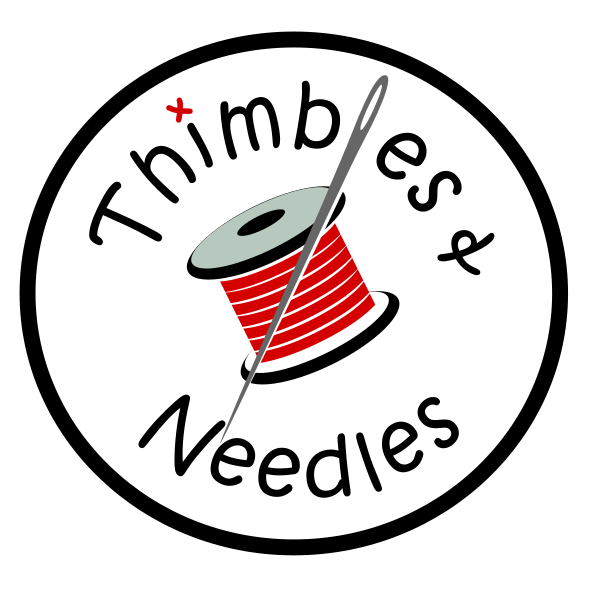
Setting and Corner Triangles Cutting Chart for On Point Quilts
Share
An on-point quilt is a quilt layout where the blocks are turned so they look like diamonds instead of squares. Instead of the blocks sitting flat with their edges parallel to the edges of the quilt (which is called a "straight set" layout), the blocks are rotated 45 degrees.
The Snapshots quilt is an example of an on-point quilt.

Visualising On-Point Layouts:
- Imagine a quilt block as a square. In an on-point quilt, the square is turned so one corner points up, and it looks like a diamond.
- The blocks are arranged in diagonal rows instead of straight rows.
Why Use an On-Point Layout?
- It adds visual interest and a more dynamic, elegant look to a quilt.
- The diagonal arrangement can make even simple blocks look more intricate.
Key Features of an On-Point Quilt:
1. Setting Triangles:
Because the blocks are placed on point, there are empty spaces around the edges. These spaces are filled with triangles:
-
- Side triangles: Fill the gaps along the sides of the quilt.
- Corner triangles: Fill the four corners.
These triangles are cut from squares and trimmed to fit.
2. Diagonal Rows:
Instead of sewing blocks together in horizontal rows, you sew them into diagonal rows and then join those rows.
3. Blocks Appear Larger:
Since blocks are viewed on the diagonal, they seem larger compared to a straight-set layout.

Creating your own on-point quilt
You may have a favourite block that can placed on point like the tulip block here.

When placed in an on-point layout, it will stand upright.

To work out the cutting size of your corner and side setting triangles, here is how to do it:
Cutting the Corner Triangles:
- Take your finished block size and find it in the cutting chart (which you can download below), using the corner triangle column.
- Cut the calculated square size.
- Slice the square once on the diagonal to create two smaller right angled triangles.
For example, say you have 6 inch (finished- this means excluding seam allowances) blocks, according to the table you would cut 5 1/8” squares, then cut once on the diagonal for your corner triangles.
Helpful Notes:
- Orientation of the triangles: When sewing the triangles, the longest side (the hypotenuse) will be sewn to the block. The straight edge will be on the edge of the quilt.
- You will only need two starting squares to generate 4 corner triangles


Cutting the side setting triangles:
- Take your finished block size and find it in the cutting chart below, using the side setting triangle column.
- Cut the calculated square size.
- Slice the square twice on the diagonal to create four smaller right angled triangles.
Example: Take our 6 inch (finished) square blocks, according to the chart, you would cut a 9 3/4” square then cut it twice on the diagonal to yield 4 side triangles.
Helpful Notes:
- Orientation of Triangles: The longest side (the hypotenuse) should face the edges of the quilt. Cutting a square twice on the diagonal will put a straight edge on the edge of the quilt. This will avoid your quilt top stretching out of shape through handling.
- Number of Squares to Cut: Count how many side setting triangles you need (check your quilt layout). Each square gives you four triangles, so divide the total number of side triangles by 4 to determine how many squares to cut.


Download a copy to save on your personal computer.
*Tip: Add an extra 1/4” to the cut square to give you a greater seam allowance which will give you more room when trimming your quilt.
Here is the mathematics for anyone who is interested!
Formula to Calculate the Cut Size:
Starting square size = (Finished block size ÷ √2) + 0.875 inches
Example:
If your finished block size is 8 inches:
- 8÷1.414=5.658 ÷ 1.414 = 5.65 inches
- 5.65 + 0.875 = 6.525 inches
You would round up to the nearest 1/8th, so cut a square 6 5/8 inches *
So cut a 6 5/8” square then cut once on the diagonal to generate 2 right angle triangles.
*Add 1/4 inch to allow more room for error ie. cut 6 3/4 inch.
Formula for Side Setting Triangles:
Cut size of the square = (Finished block size × √2) + 1.25 inches
Example:
If your finished block size is 8 inches:
- Multiply by √2:
8×1.414= 11.31 inches - Add 1.25 inches:
11.31 + 1.25 = 12.56 inches - Round up to the nearest 1/8 inch.
12.625 inches, or approximately 12 5/8 inches*
So, cut a square 12 5/8 inches and slice it twice on the diagonal to create four side setting triangles.
*Add an extra 1/4” to the original cut square to give you a greater seam allowance which will give you more room when trimming your quilt.
So now, you know how to take a block and set it in an on-point layout!
